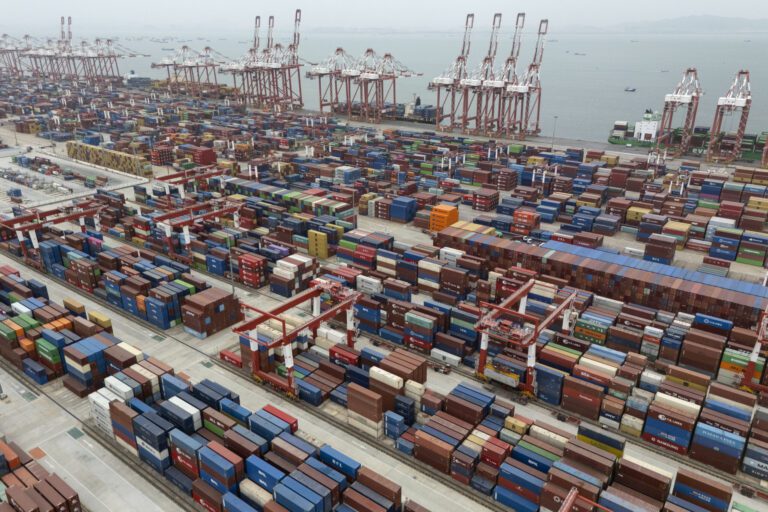US-China Tariff Talks Resume Amid Global Economic Tensions
On Sunday, crucial tariff negotiations between the United States and China resumed in Geneva, highlighting the differing perspectives each country has on the current state of discussions. The outcome of these talks is pivotal as they could significantly influence global economic stability.
Diverging Perspectives on Tariff Negotiations
President Donald Trump expressed optimism via social media, stating that "great progress" was being made and even hinted at the possibility of a "total reset" on tariffs as the talks unfolded. Conversely, China’s response has been more reserved. The official news agency, Xinhua, conveyed a firm stance, asserting that Beijing would "firmly reject any proposal that compromises core principles or undermines the broader cause of global equity."
Key Details from the Ongoing Discussions
- Officials Confirm Talks: Multiple officials confirmed to The Associated Press that the discussions recommenced on Sunday morning.
- Impact on Global Markets: The negotiations could alleviate the tension currently afflicting world markets. Many vessels remain at port, laden with Chinese goods, awaiting clarity on tariff conditions before unloading.
- Secrecy Surrounding Talks: No comments were made by either side after Saturday’s discussions, maintaining a veil of secrecy over the ongoing negotiations.
China’s Firm Stance
The editorial from Xinhua stated, “Talks should never be a pretext for continued coercion or extortion,” reflecting China’s commitment to adhere to its core principles even amidst the ongoing negotiations.
Visuals of the Negotiation Scene
Numerous convoys of black vehicles have been observed entering and leaving the Swiss ambassador’s residence, indicating the high-stakes nature of these discussions aimed at reducing trade tensions between the two largest economies in the world.
Tariff Background and Current Landscape
As of last month, Trump’s administration has raised tariffs on several Chinese goods to an astonishing 145%, prompting China to respond with its own 125% levy on American imports. This mutual tariff escalation amounts to a virtual boycott of each other’s products, disrupting trade that exceeded $660 billion in the previous year.
Tariff Structure
- 145% Tariff on Chinese Goods: This includes a 20% charge aimed at prompting China to take stronger action against the flow of the synthetic opioid fentanyl into the U.S.
- 125% Retaliatory Tariff: This adds to tariffs imposed during Trump’s first term, resulting in some goods facing incredibly high duties.
Potential for Reduced Tensions
Before discussions began, Trump suggested a reduction in tariffs, remarking on Truth Social that an "80% Tariff seems right!"—implying potential flexibility in the ongoing negotiations. Though expectations for a significant breakthrough remain low, even a minor tariff reduction could help restore confidence among global investors and businesses.
Significance of the Talks
According to Jake Werner, director of the East Asia Program at the Quincy Institute for Responsible Statecraft, the negotiations are critical for de-escalating the US-China trade war. Werner noted, “It’s a positive sign that both sides were able to gracefully move beyond their bickering over who had to call first.”
Conclusion
These recent talks are a significant development in US-China relations, shedding light on the complex dynamics that characterize their trade interactions. While the road ahead remains uncertain, the willingness to engage in dialogue signals hope for a resolution that could ease global market anxieties.
For more insights related to tariff negotiations and international trade, visit Reuters and World Trade Organization.


